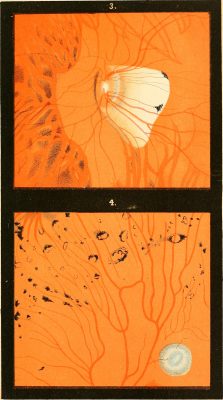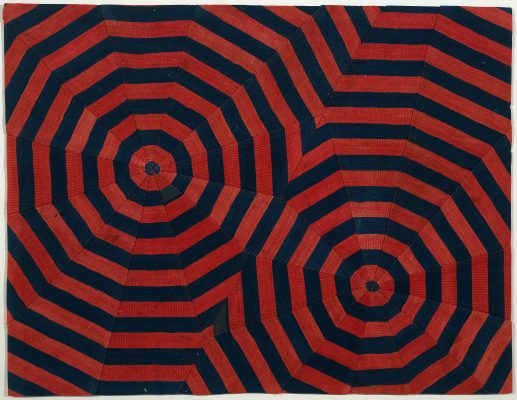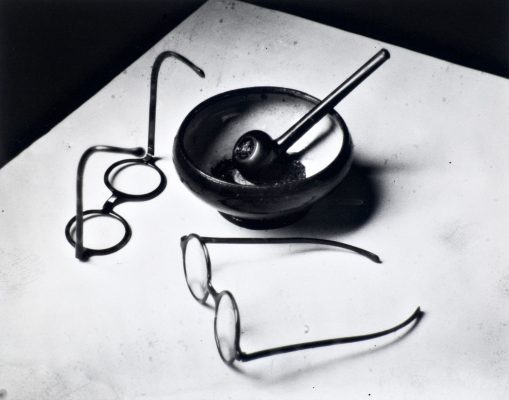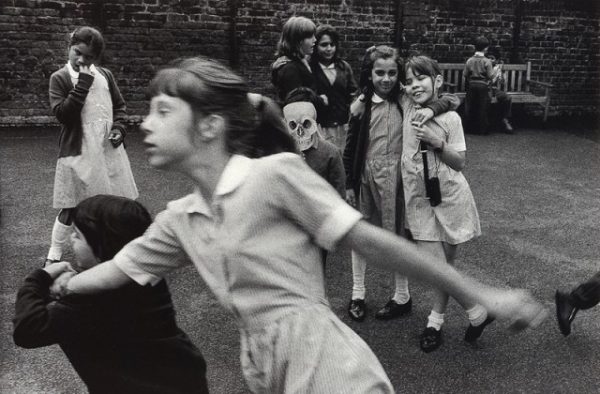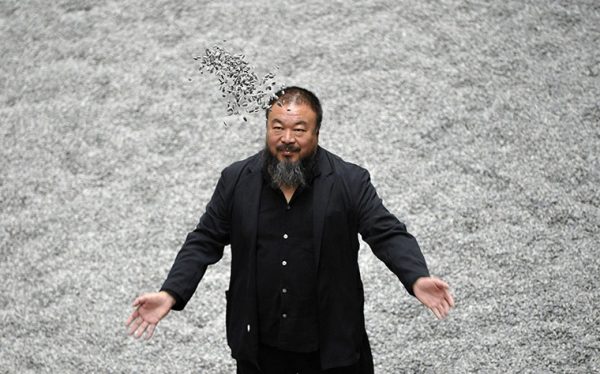Lauren Elkin
Lauren Elkin is most recently the author of No. 91/92: notes on a Parisian commute (Semiotext(e)/Fugitives) and the UK translator of Simone de Beauvoir's previously unpublished novel, The Inseparables (Vintage). Her previous book Flâneuse: Women Walk the City (Chatto/FSG) was a finalist for the PEN/Diamonstein-Spielvogel Award for the Art of the Essay, a New York Times Notable Book of 2017, and a BBC Radio 4 Book of the Week. Her essays have appeared in Granta, the London Review of Books, Harper’s, the New York Times, and Frieze, among others. Her next book, Art Monsters, will be out in July 2023 (Chatto/FSG). She lives in London.
READ NEXT


